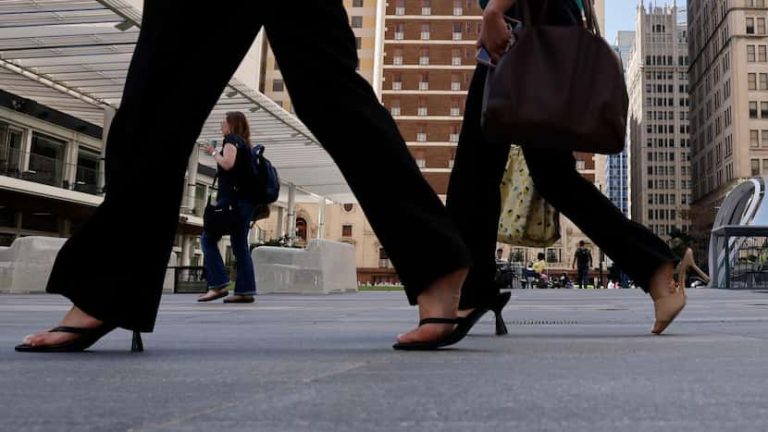The Dallas area continues to outperform the national average in the number of people returning to the office, according to data from Placer.ai.
Placer.ai puts the national average for visits to office buildings at 29.4% lower than pre-pandemic levels compared to June 2019. Dallas’ figure is 24.1% lower using June 2024 data.
Placer.ai, which specializes in analyzing location and pedestrian traffic data, focused on approximately 1,000 commercial office buildings for its National Office Building Index.
Orders by Wall Street financial giants to return to the office continue to drive numbers up in New York, while the Miami region is leading the post-pandemic office recovery market.
In Dallas, the number of people returning to the office in June increased modestly by 1.8% year over year.
This figure is a fraction of the national average increase of 5.3 percent and significantly lower than the highest figures in Boston and Atlanta, which were 10.3 percent and 10 percent, respectively.
Placer.ai noted that June was Boston and Atlanta’s busiest month for office workers since the start of the pandemic.
Available office space in Dallas-Fort Worth remained steady at 29.4% full at the end of the second quarter after peaking last quarter, according to an office market report from commercial real estate services firm Avison Young.
While that figure is high, the report says that in good economic times, the average available office space is around 23 percent.
Avison Young noted that demand for office space tends to follow growth in office employment.
“[The Bureau of Labor Statistics’] “Recent revisions suggest that office-related job growth appears to be decoupled from commercial real estate fundamentals,” the report states. “Office-related job growth is currently 30 percent above its long-term average, yet the region is experiencing a 6.3 percent decline.” [million square feet] Negative absorption has continued since 2020.”
The findings may suggest that hybrid working environments will make office space environments difficult to predict in the near future.

